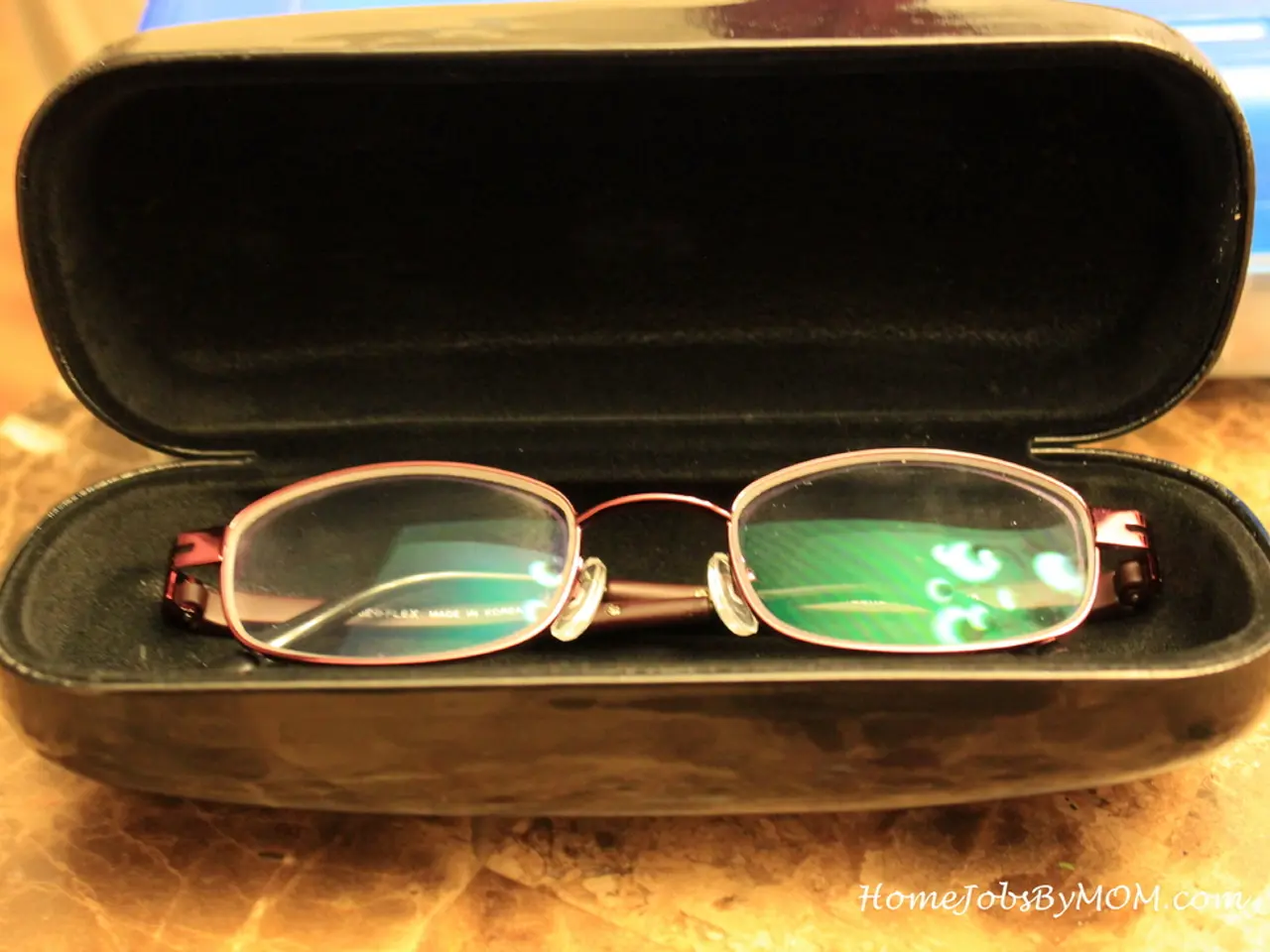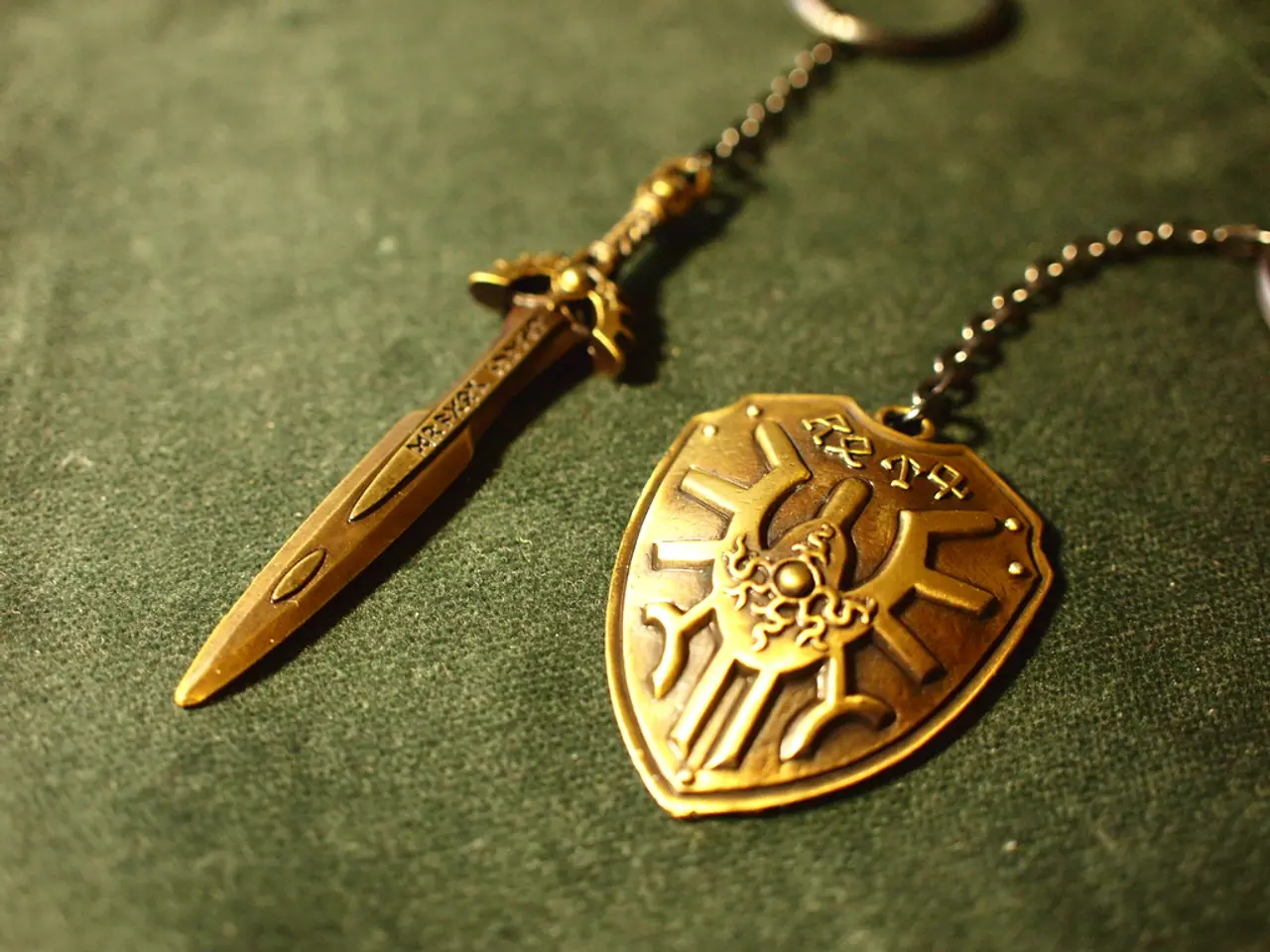Top-Notch Binocular Viewers Paired with Superior Eyepieces
In the world of telescope accessories, binoviewers have gained popularity among stargazers for providing a binocular viewing experience. These devices allow two eyes to observe objects through a telescope, enhancing depth perception and overall viewing comfort.
However, many refractor and reflector telescope users may need to modify their telescope or use a Barlow lens to reach focus when using a binoviewer, as the size of the prisms in cheaper models can lead to vignetting with some low-power eyepieces.
When it comes to top-tier binoviewers, brands like Baader Planetarium, TeleVue, and Leica stand out for their superior optical quality, advanced coatings, robust mechanical design, and features like large prism apertures and excellent baffling for minimal stray light and ghosting.
For instance, the Baader MaxBright II binoviewer uses 27mm prisms with advanced coatings and ergonomic features like diopter adjustment and ClickLock eyepiece clamps, providing high optical efficiency and comfort. TeleVue’s Bino Vue binoviewers are highly regarded for premium optics and build quality, offering a sharp, bright image and smooth mechanics. Leica’s binoviewers feature sophisticated prism coatings and baffling to produce pure, high-contrast light transmission, resulting in outstanding views.
While economically priced binoviewers like those from William Optics and Celestron are more affordable and accessible for casual observers or beginners, they typically use smaller prisms, less advanced coatings, and potentially less precise collimation mechanisms. This can lead to somewhat reduced brightness, contrast, and finer resolution detail compared to top-tier models.
The Celestron Stereo Binocular Viewer, for example, has a 20.2 mm clear aperture and shows vignetting at field stops significantly wider than 21mm. The Long Perng 1.25'' Linear Binoviewer, another affordable option, uses an unusual design for its beam splitter and has an internal clear aperture of around 17mm, leading to vignetting with wide-field eyepieces exceeding around 19mm.
The Explore Scientific BinoViewer for Telescopes, a Long Perng linear binoviewer unit with a new paint job and two 25mm 52-degree eyepieces included, vignettes slightly around the edges of the field of view. On the other hand, the William Optics 1.25'' Binoviewer Package, including a 1.6x Barlow and redline/goldline eyepieces with a 23mm field stop, shows essentially no vignetting.
When considering a binoviewer, it's essential to keep in mind the added weight and balance considerations of the setup. The clear aperture of a binoviewer refers to the size of the prisms. The size of the clear aperture corresponds to the largest field stop of an eyepiece you can use without vignetting. The Baader MaxBright II Binoviewer Set, for example, has a full-sized 27mm clear aperture prisms, allowing the use of eyepieces with a maximum field stop.
Binoviewers might make faint objects more challenging to observe due to the reduction in the light reaching each eyepiece. However, the light beams in a binoviewer are kept parallel and properly aligned for a coherent, merged image. The Explore Scientific 52-Degree eyepieces are affordable, offer sharp images, and are comfortable to use with a binoviewer. The Tele-Vue Nagler Type 6 eyepieces are nearly unrivaled in their sharpness, apparent field of view, and compactness for 1.25" oculars.
In conclusion, while economically priced binoviewers represent good value for the price and enable enjoyable two-eye viewing, top-tier binoviewers from Baader, TeleVue, or Leica deliver superior optical performance, mechanical finesse, and long-term durability—benefits that justify their higher cost for serious astronomers or those seeking the best visual experience.
- In some cases, users of refractor or reflector telescopes might need to modify their telescope or use a Barlow lens when using a binoviewer due to vignetting with low-power eyepieces.
- Top-tier binoviewers from brands like Baader Planetarium, TeleVue, and Leica offer superior optical quality, advanced coatings, robust mechanical design, and features like large prism apertures and excellent baffling.
- The Explore Scientific BinoViewer for Telescopes shows slight vignetting around the edges of the field of view, while the William Optics 1.25'' Binoviewer Package essentially shows no vignetting.
- Binoviewers may make faint objects more challenging to observe due to the reduction in the light reaching each eyepiece, but the light beams in a binoviewer are kept parallel and properly aligned for a coherent, merged image.
- Top-tier binoviewers deliver superior optical performance, mechanical finesse, and long-term durability, justifying their higher cost for serious astronomers or those seeking the best visual experience.




